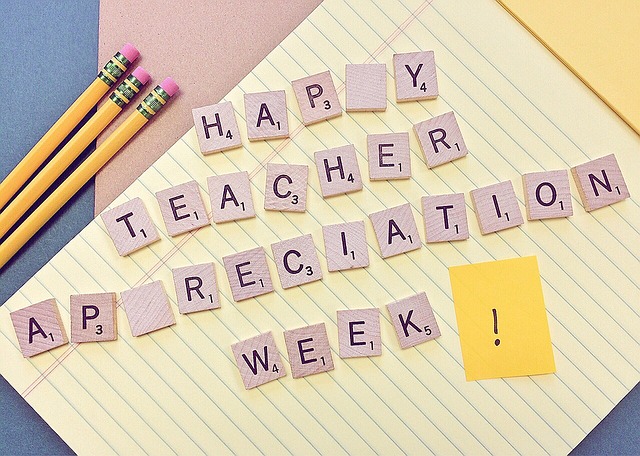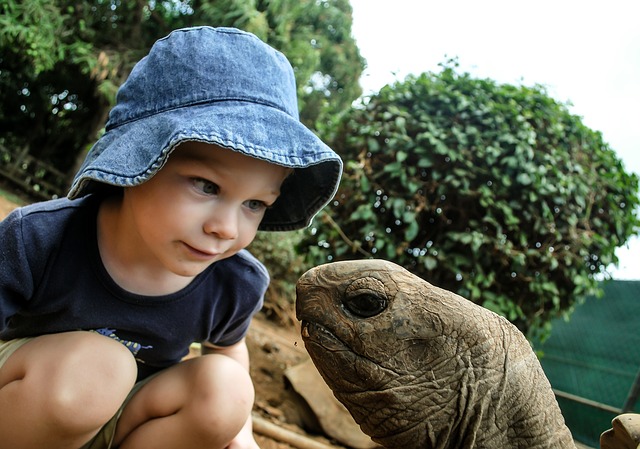I have been discussing being mindful at work. It seems appropriate to draw on the lessons from superb leaders who turned their companies into great companies that enjoyed longevity as well as success.
In his book, Good to Great, Jim Collins identified what characterised these highly successful leaders. It was not, as you might surmise, their outgoing nature, their capacity to “sing their own praises” or their readiness to boast about the achievements of their companies. These great leaders were characterised by two key qualities, “personal humility and professional will” reflected in their quiet, almost shy, demeanour together with their determination and resilience
I want to concentrate on the “personal humility” quality here. Humility is closely linked to mindfulness in that genuine humility requires a level of self-awareness that is realistic and accurate and not based on negative self-evaluation.
Developing mindfulness through personal humility
Personal humility is a “road less travelled”. Most people are either boastful of their achievements (a habit cultivated by our competitive society) or dishonestly “modest”. The middle road is difficult to achieve but beckons when you want to grow in mindfulness and achieve its attendant benefits.
Shamash Alidina, author of The Mindful Way Through Stress, provides some strategies to develop personal humility in his insightful and comprehensive article on how to be mindful at work:
- Develop mindfulness practices – as we have seen through the blog posts on this site, mindfulness meditations and activities help you to develop a genuine self-awareness that is neither boastful nor involves “beating up on yourself”. These practices enable you to move from self-absorption (talking about your own achievements all the time in conversations with others) to recognition of what others have contributed to your present success.
- Being conscious of who has helped you – at any point in time, you can take a few minutes to focus on who has helped you to be where you are. Being conscious of what you have it terms of work, colleagues and professional networks, can help you to develop a fine-grained awareness of those who have contributed to making you who you are and what you have achieved.
- Show appreciation to those who have helped you – this can be expressed towards people who have done even the smallest thing to help you, e.g. finding a resource for you or linking you to another person or idea. If you develop the habit of showing appreciation in your everyday life, then it becomes a spontaneous act to do so in your work situation/ professional life. Often we appreciate someone’s words or actions but fail to communicate this to them – we assume they know. Expression of appreciation is an act of gratitude that builds mindfulness.
- Value the opinion of others – it is so easy to quickly dismiss the perspective, opinions or views of others as if our stance is the right one all the time. However, being humble demands a recognition of the limitations of our own perceptions, knowledge and skills and an openness to others through respectful listening for understanding.
As we grow in mindfulness through mindfulness practices, being conscious of who has helped us and showing appreciation and respect for their help and alternative opinions, we can progressively develop a true personal humility.
By Ron Passfield – Copyright (Creative Commons license, Attribution–Non Commercial–No Derivatives)
Image source: courtesy of Wokandapix on Pixabay
Disclosure: If you purchase a product through this site, I may earn a commission which will help to pay for the site, the associated Meetup group and the resources to support the blog.

